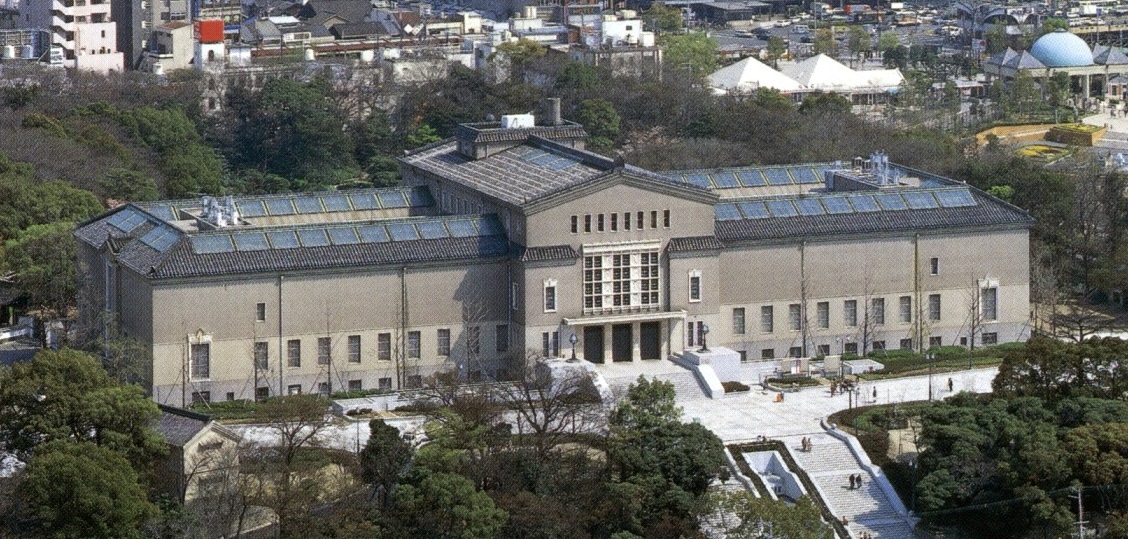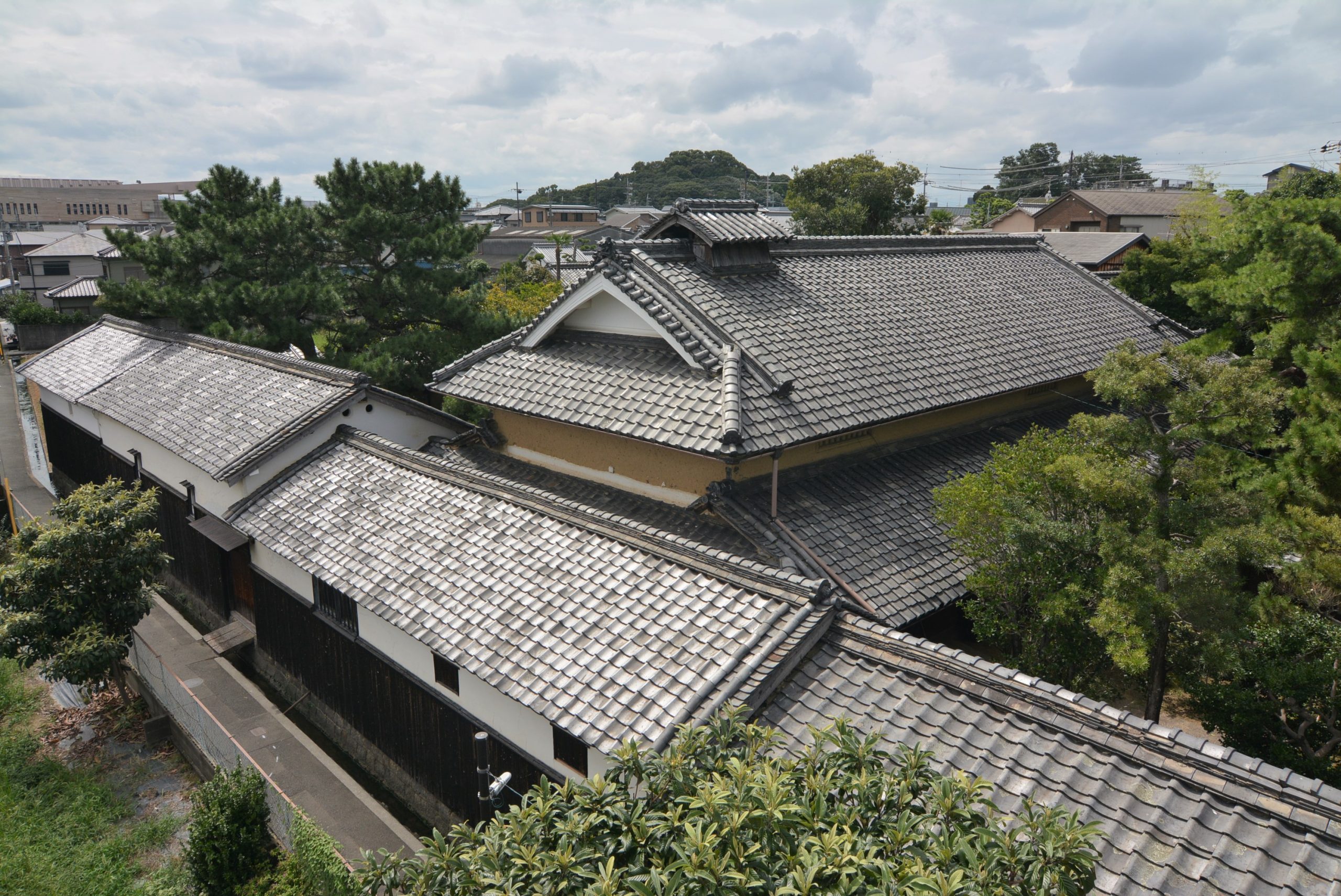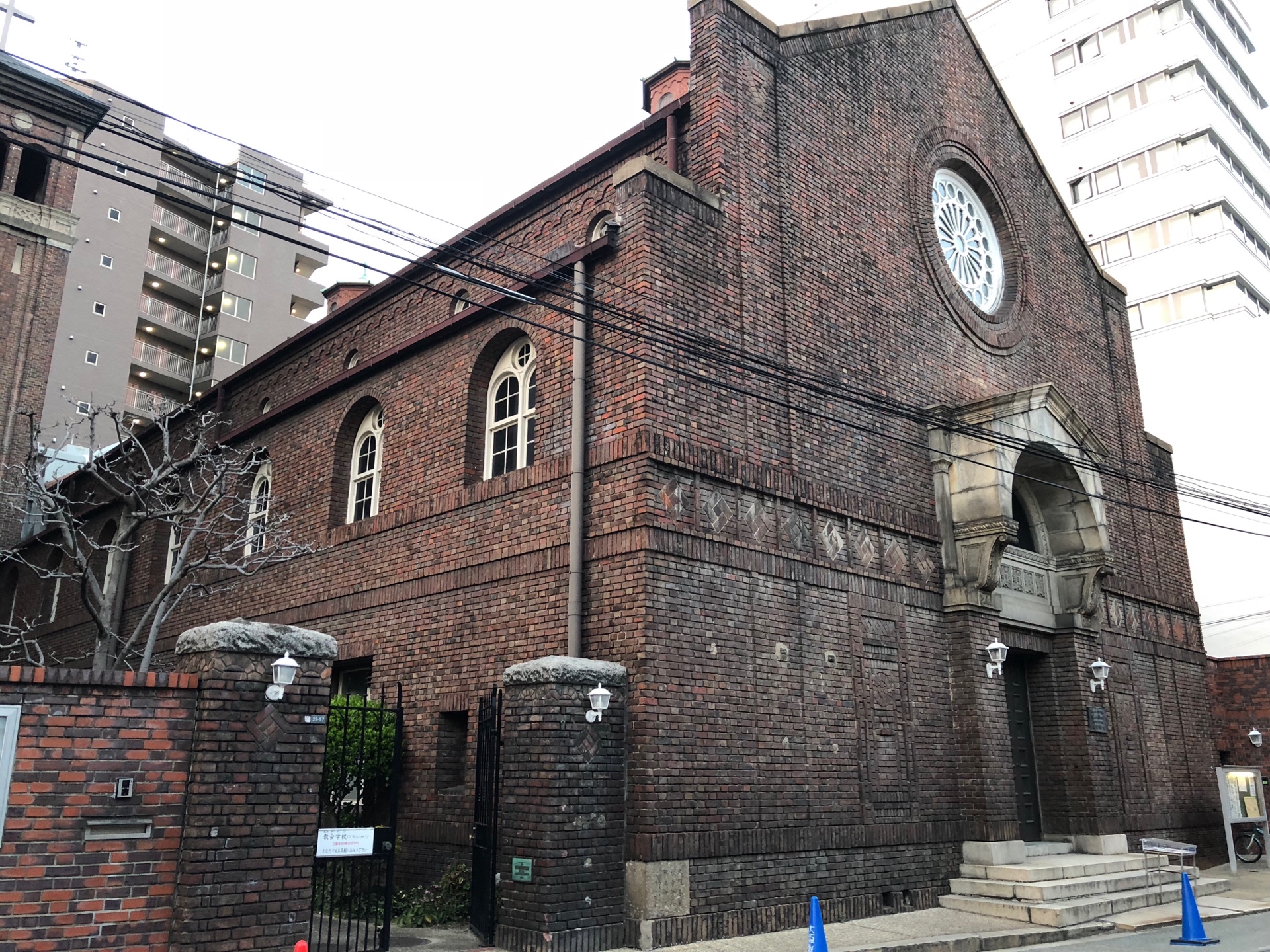Amami onsen Nanten-en
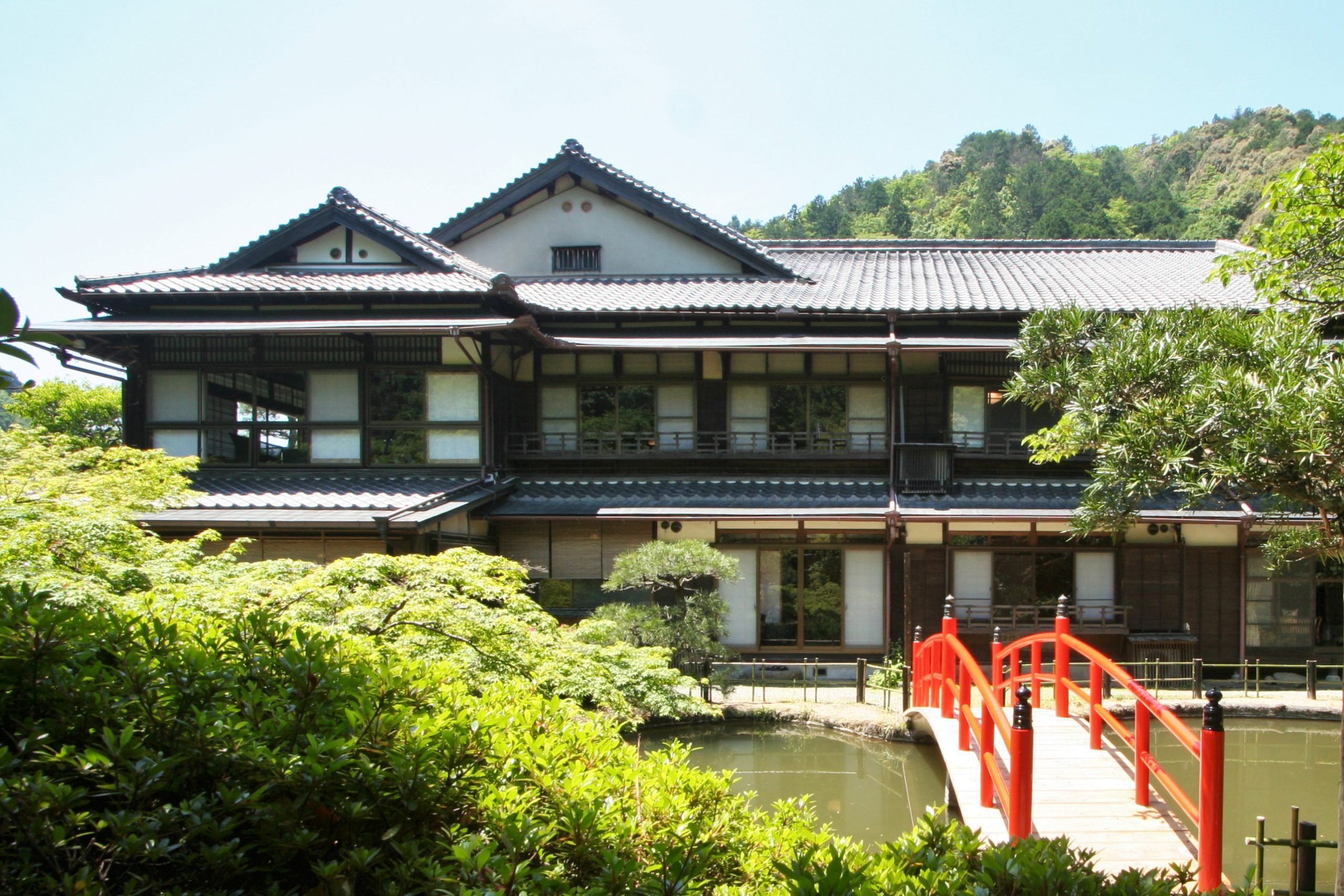
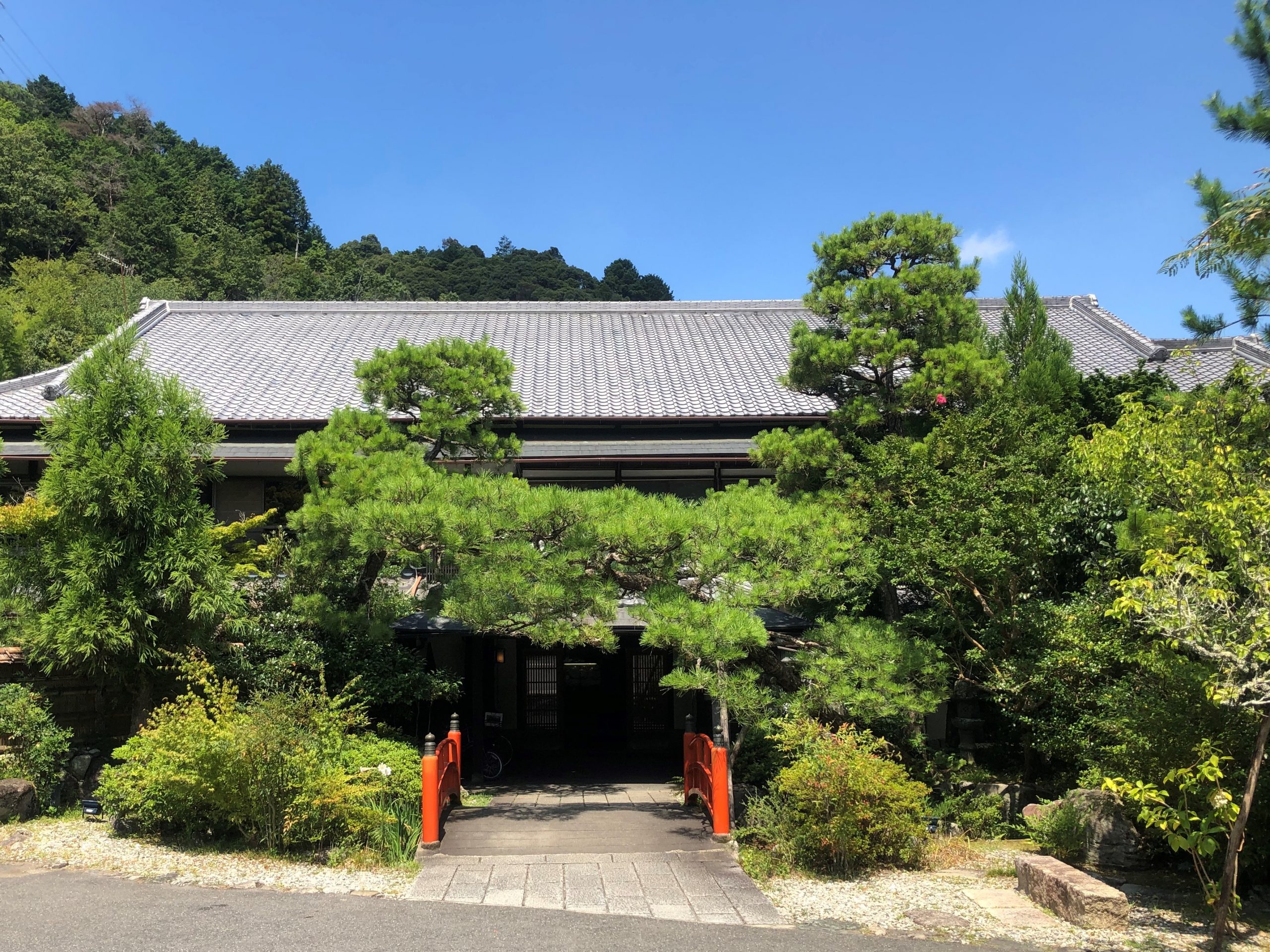
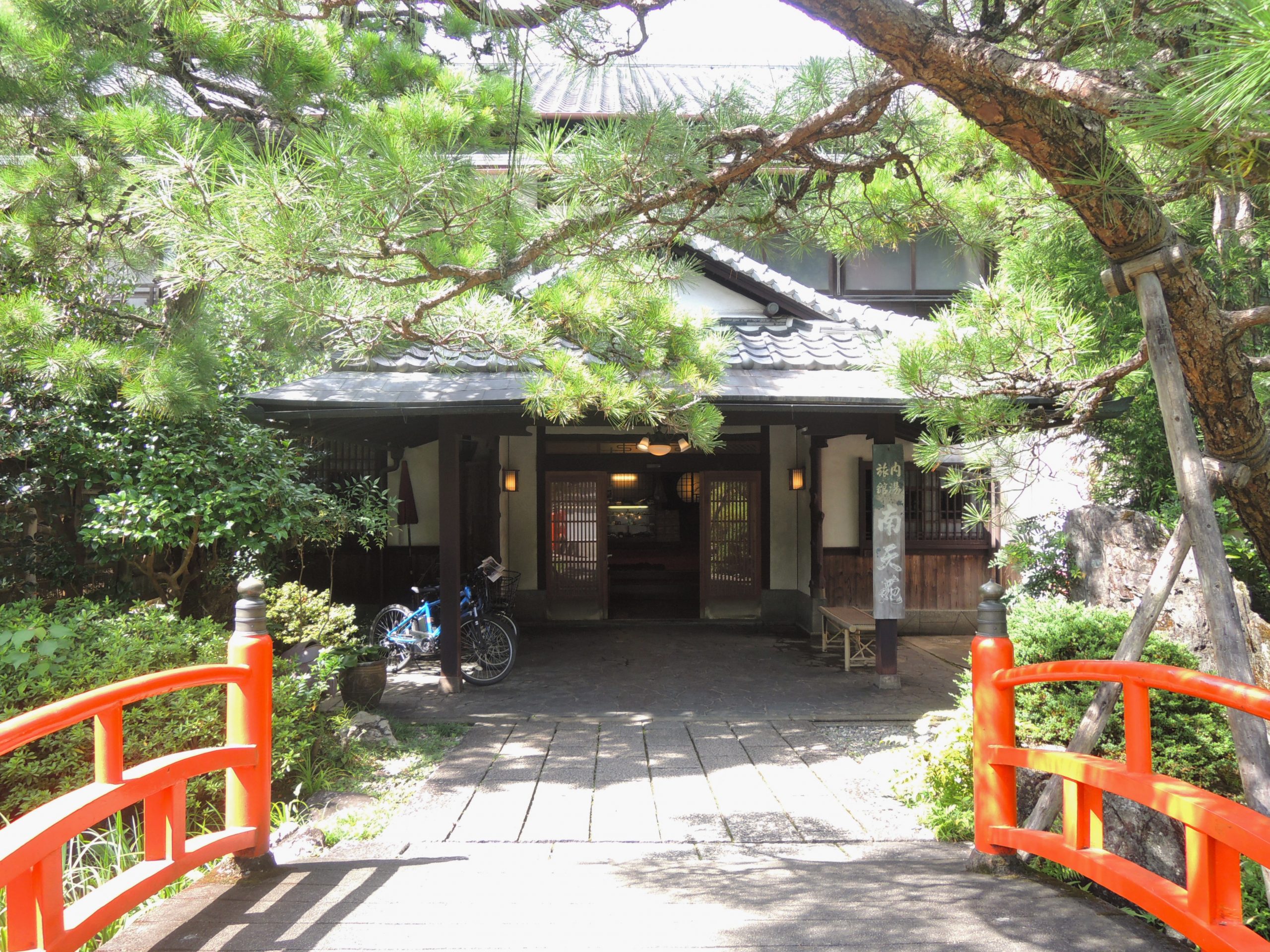

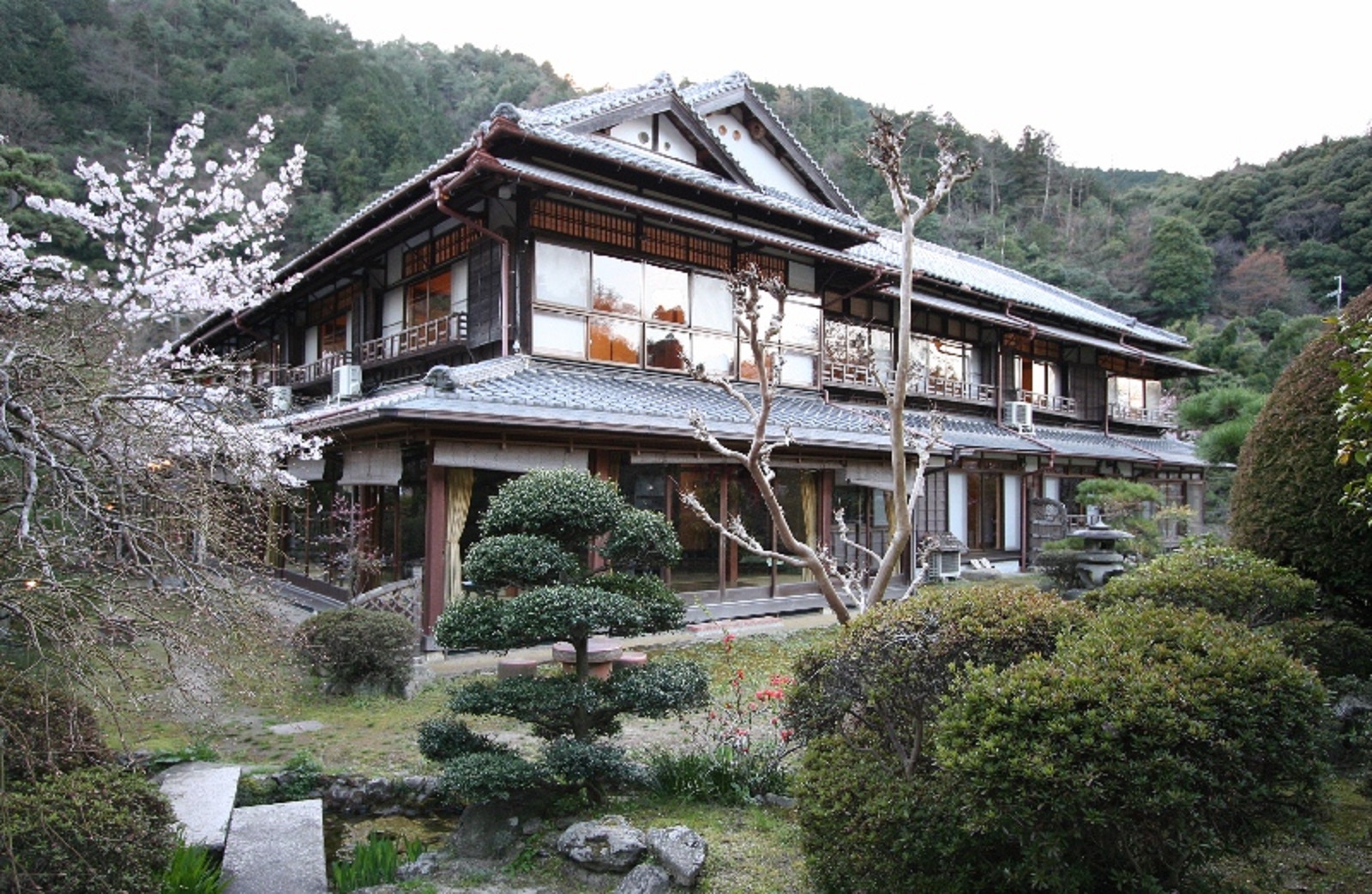
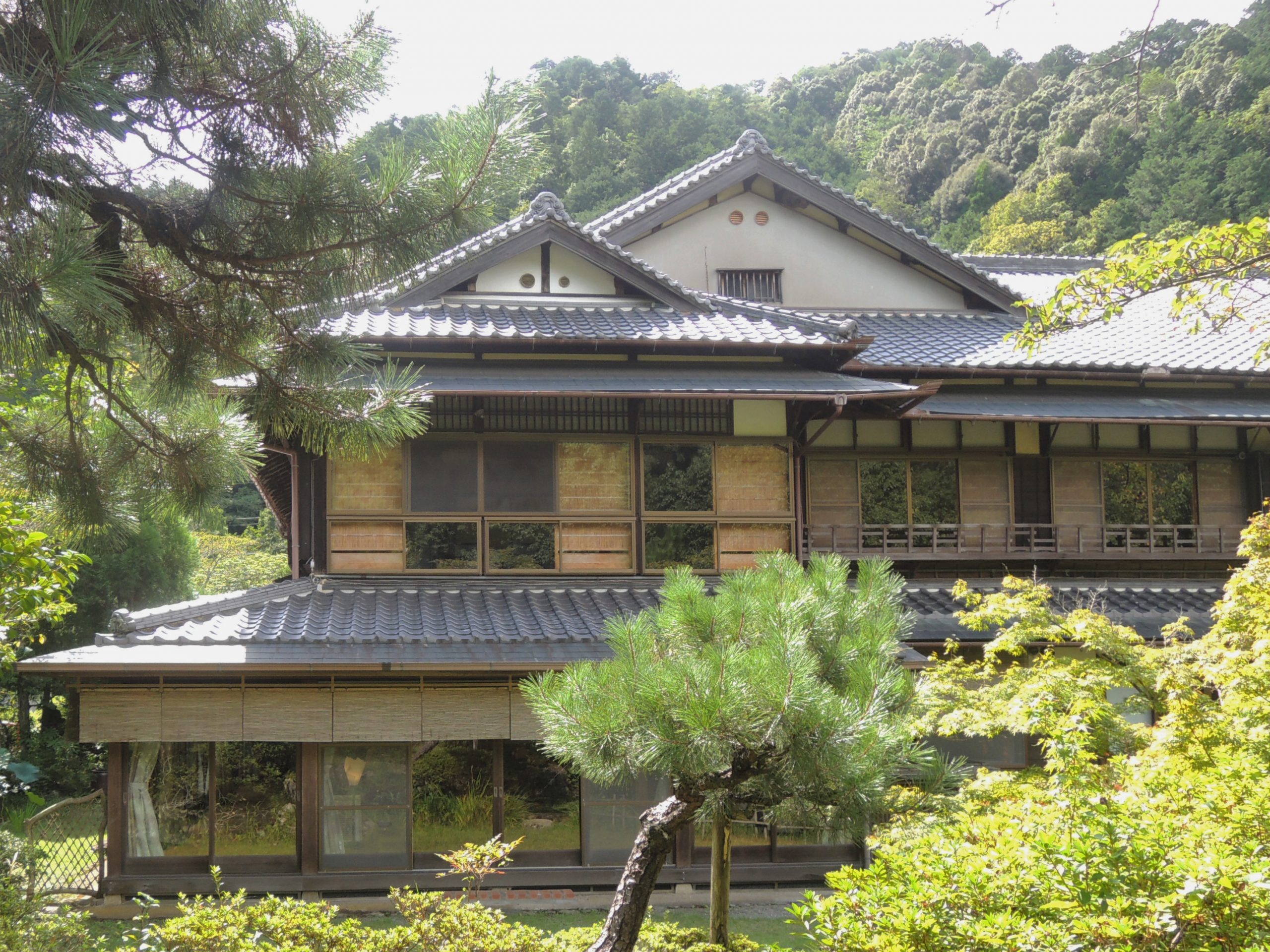

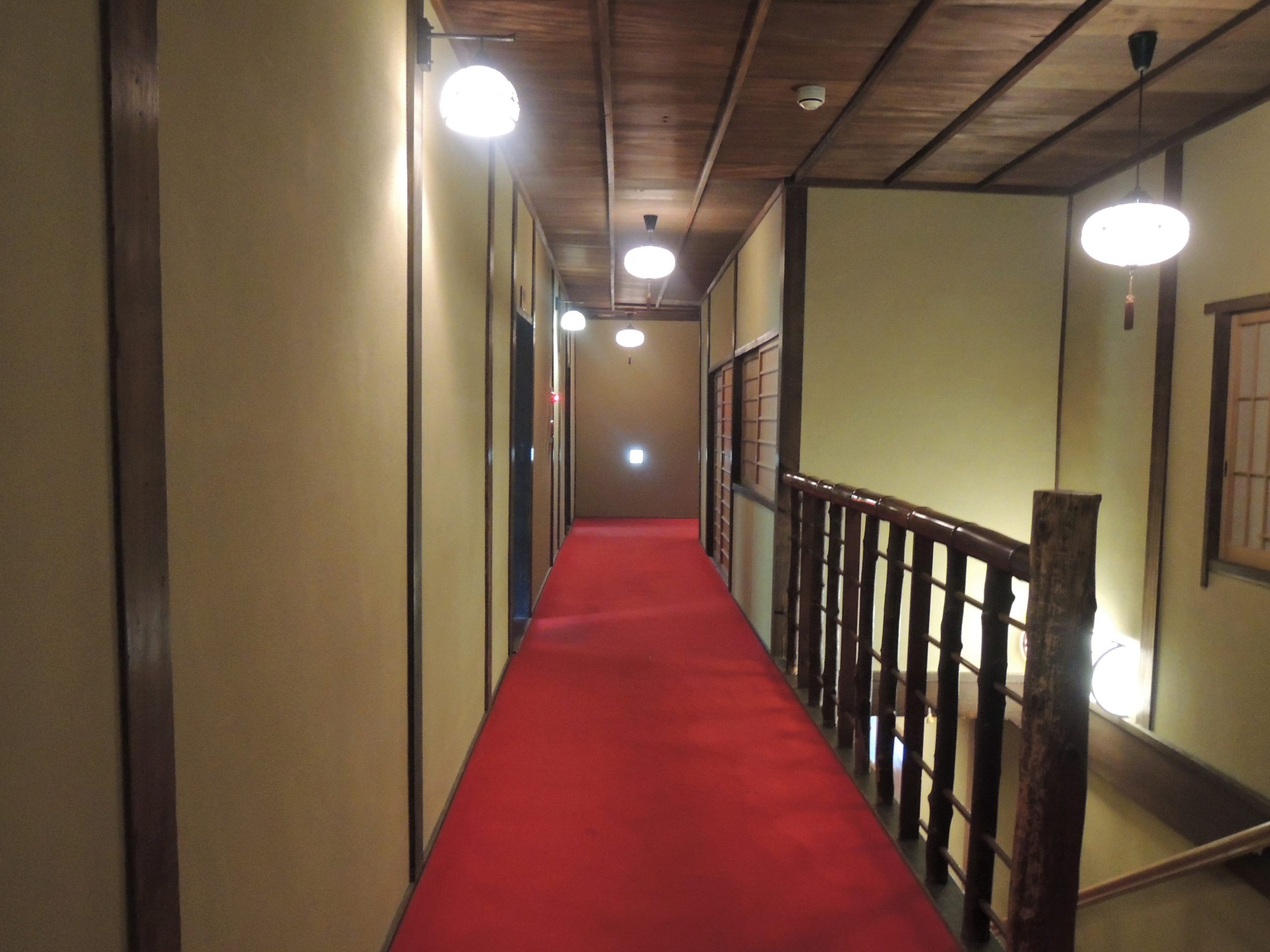
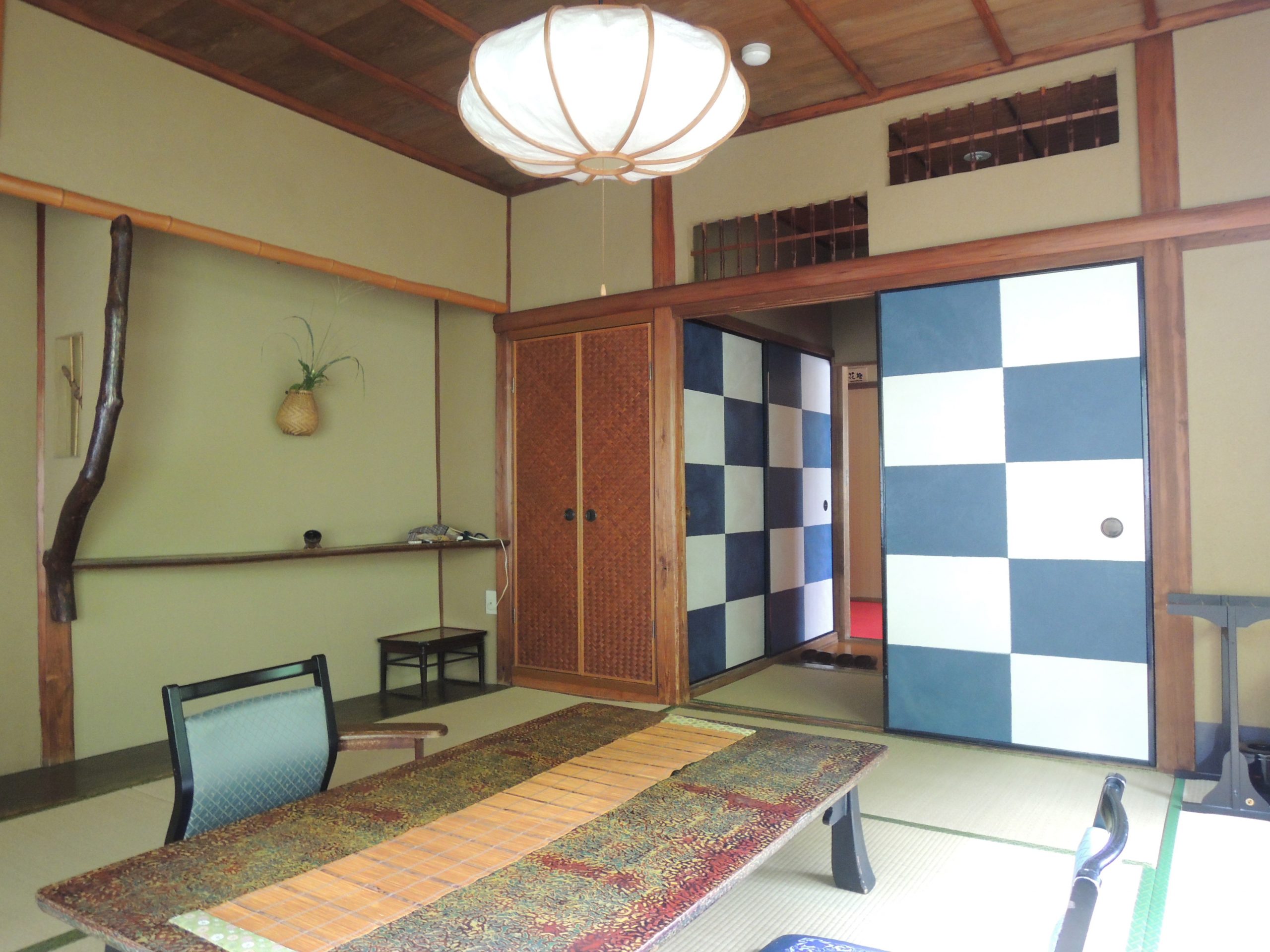
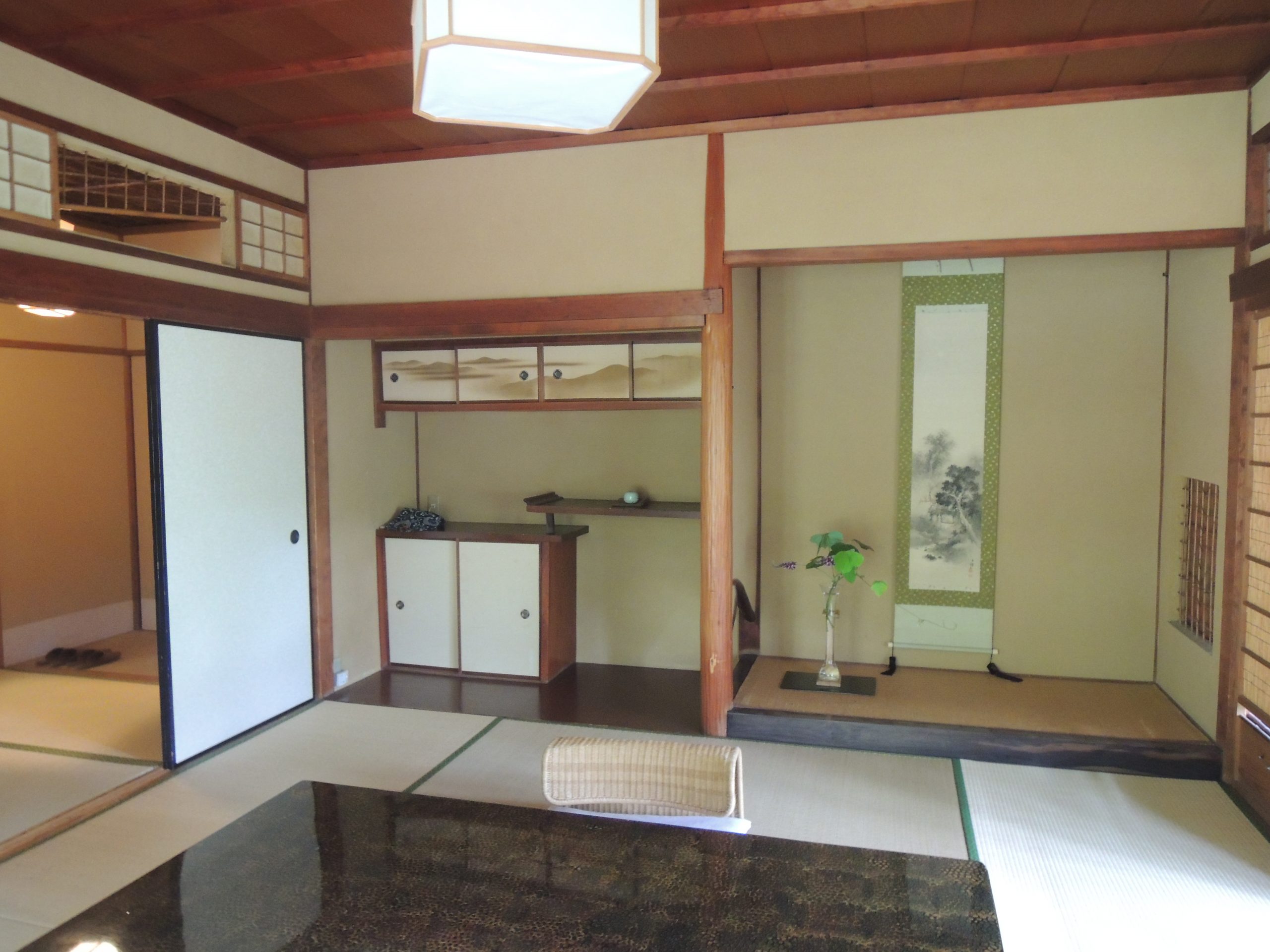
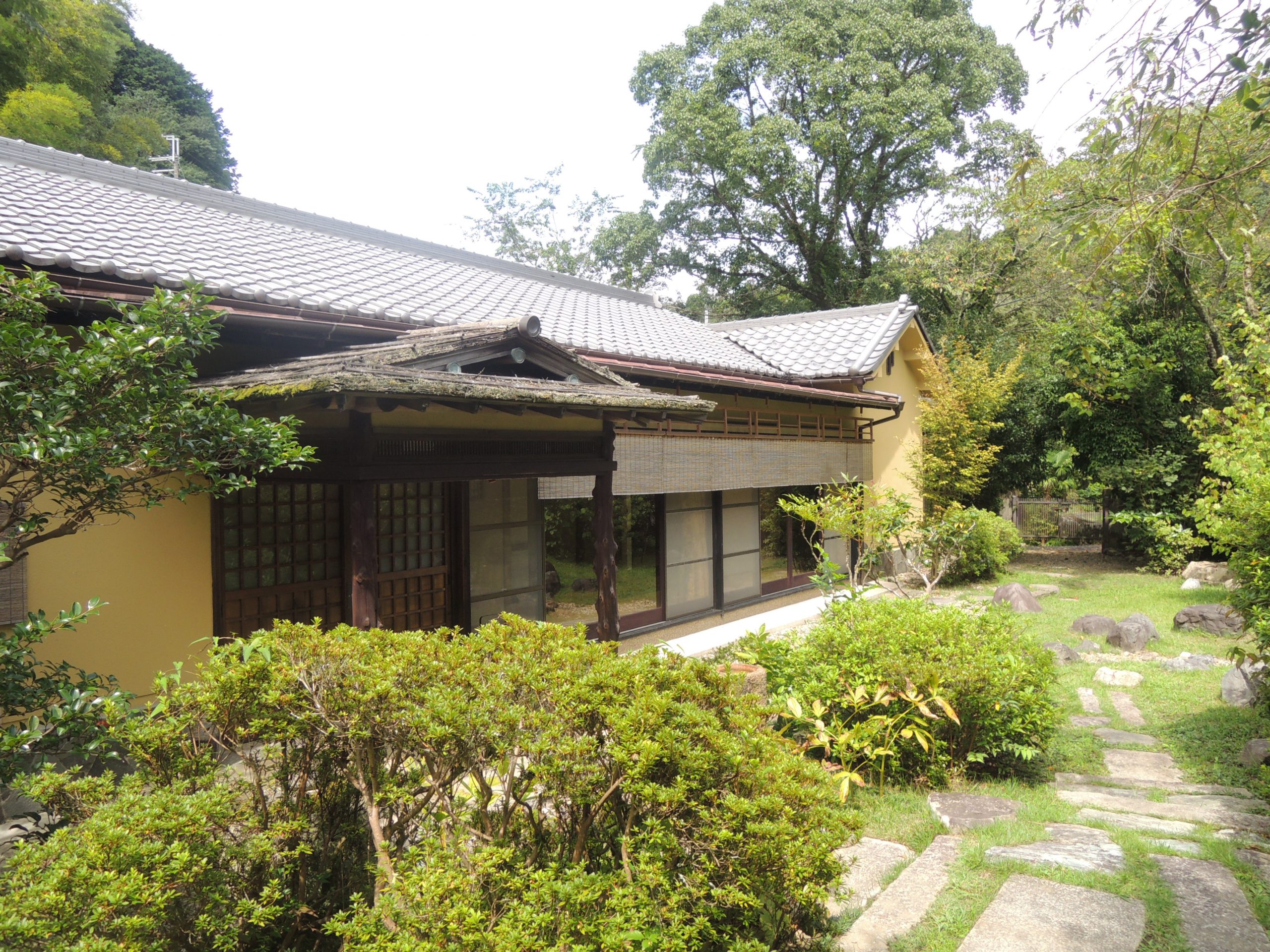
Name Amami onsen Nanten-en Address 158 Kawachinagano Osaka 586-0062 TEL/FAX 0721-68-8081(TEL) HP http://www.e-oyu.com/ E-mail nantenen@e-oyu.com Architecture age Built Taisyo period (1913) moved Showa Period (1935) Building type Onsen Ryokan Construction Two storey wooden building with stile roof Outline explanation The main building of Nanten-en was built in Sakai City in 1918 as the family bath annex of the Ohama Shioyu complex. It was designed by Tatsuno Kingo who is famous as the architect behind Tokyo Station. After being heavily damaged by a typhoon in 1936, the building was dismantled and moved to Amami during the development of Amami Onsen. In 1949, following an empty period, the ryokan Amami Onsen Nanten-en was founded. It is a valuable building designed using Sukiya (traditional tea house) style architecture. It blends modern, Western architecture with a traditional Japanese style and incorporates designs from the Taisho and early Showa Periods. Rooms contain traditional touches such as tatami mats and decorative Tokonoma alcoves. In 2003, it was registered as a National Tangible Cultural Property. The ryokan sits on the Koya Kaido, a 1,000-year-old pilgrimage road that links the ancient capital Kyoto to the north with the UNESCO World Heritage Site of Koyasan to the south. The surrounding villages are steeped in nearly 2.000 years of history and the rustic setting is a great contrast to the bright lights and noise of central Osaka.
Cultural property type Registered Tangible Cultural Properties Event link open to the public Functioning traditional ryokan note 
-
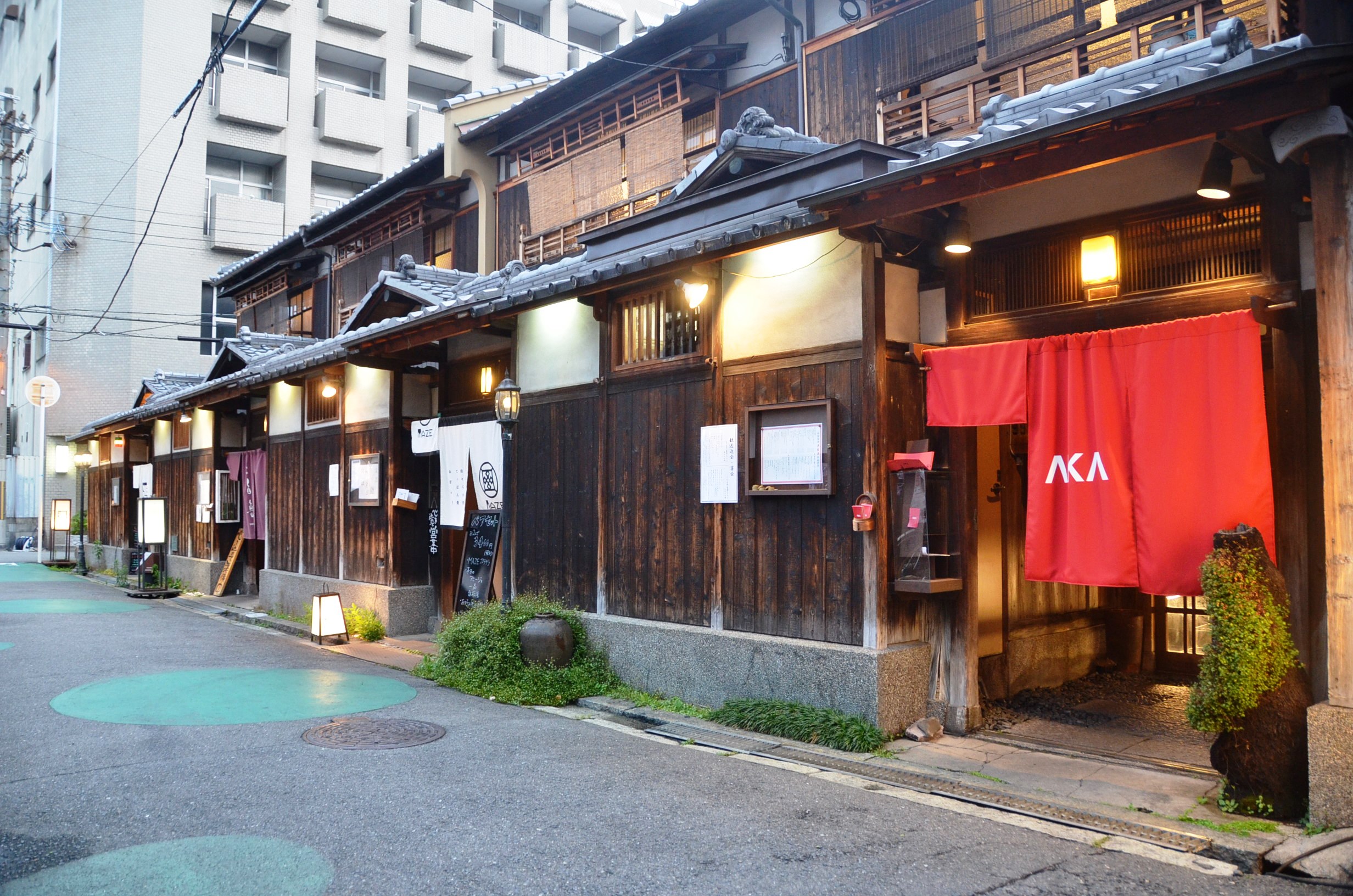
Teranishi-Ke ŌĆ”
A two-story row house partitioned into four units. It is located neaŌĆ”
-
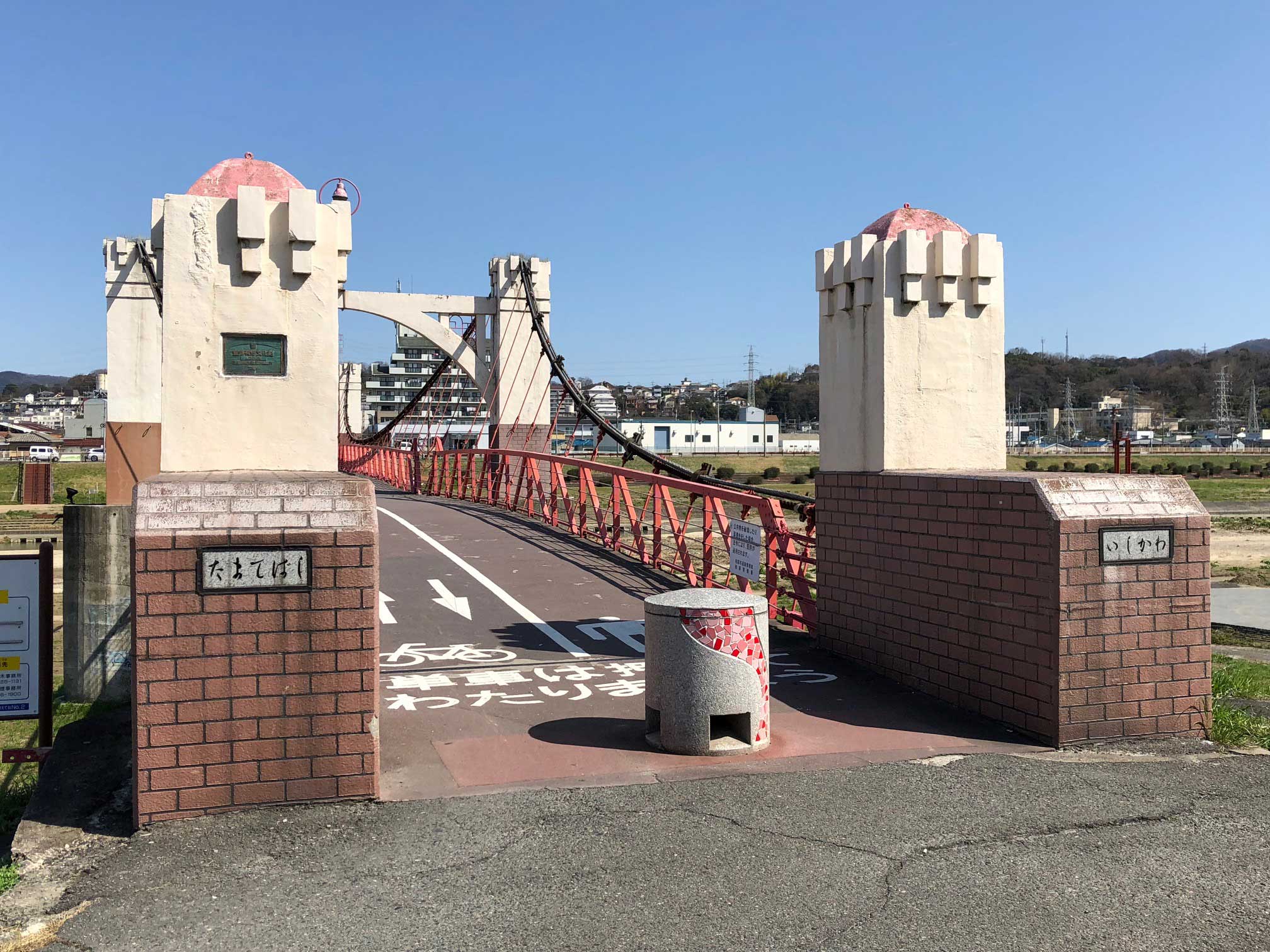
Tamatebashi ŌĆ”
Rain- forced-concrete Main Tower, Steel truss stiffening girder SusŌĆ”
-

Takemikumari ŌĆ”
Takemikumari Shrine is a Shikinai-sha (shrine listed in Engishiki laŌĆ”
more’╝×-
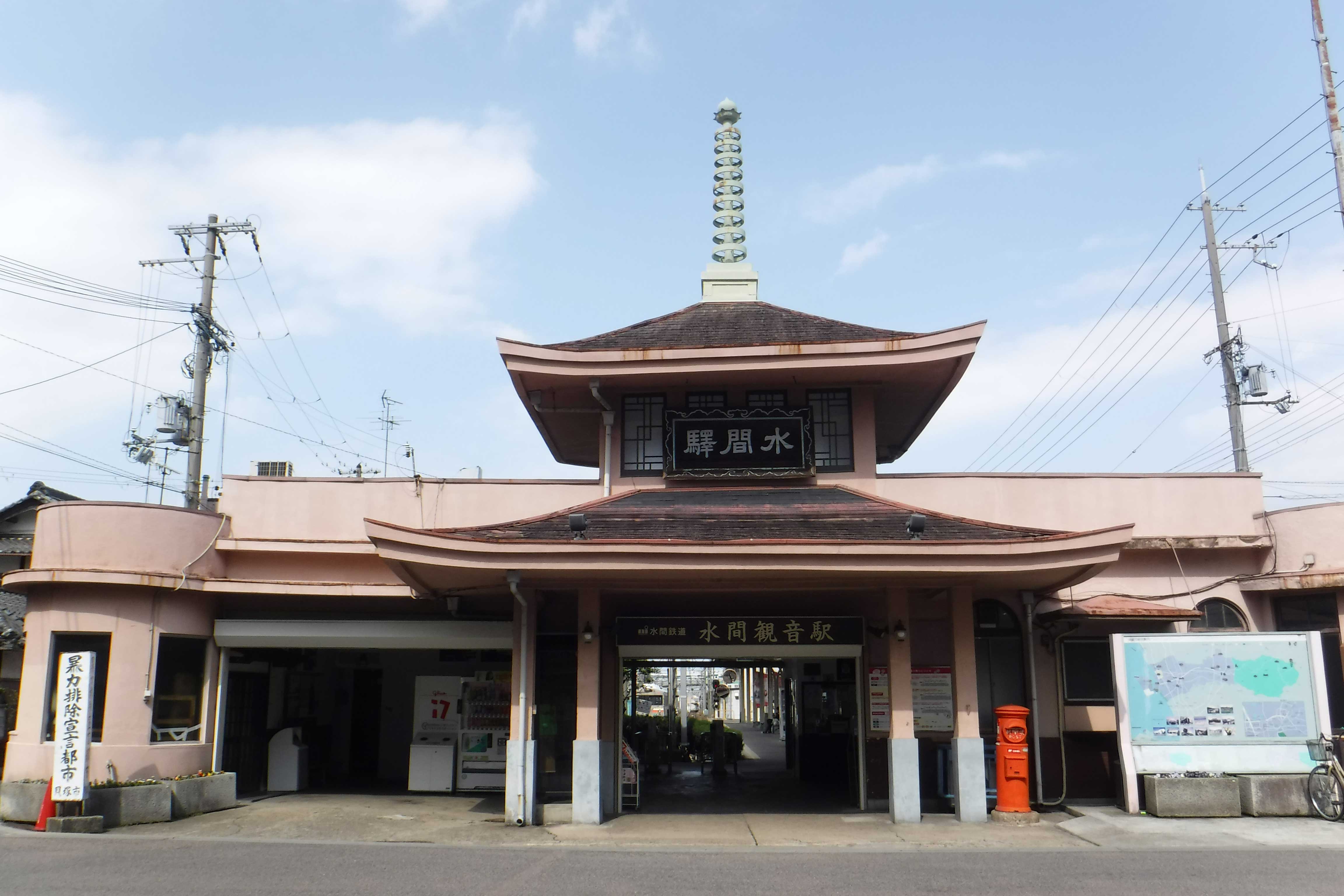
Mizuma StatioŌĆ”
A railway station of Taisho period, one-story with reinforced concreŌĆ”
-
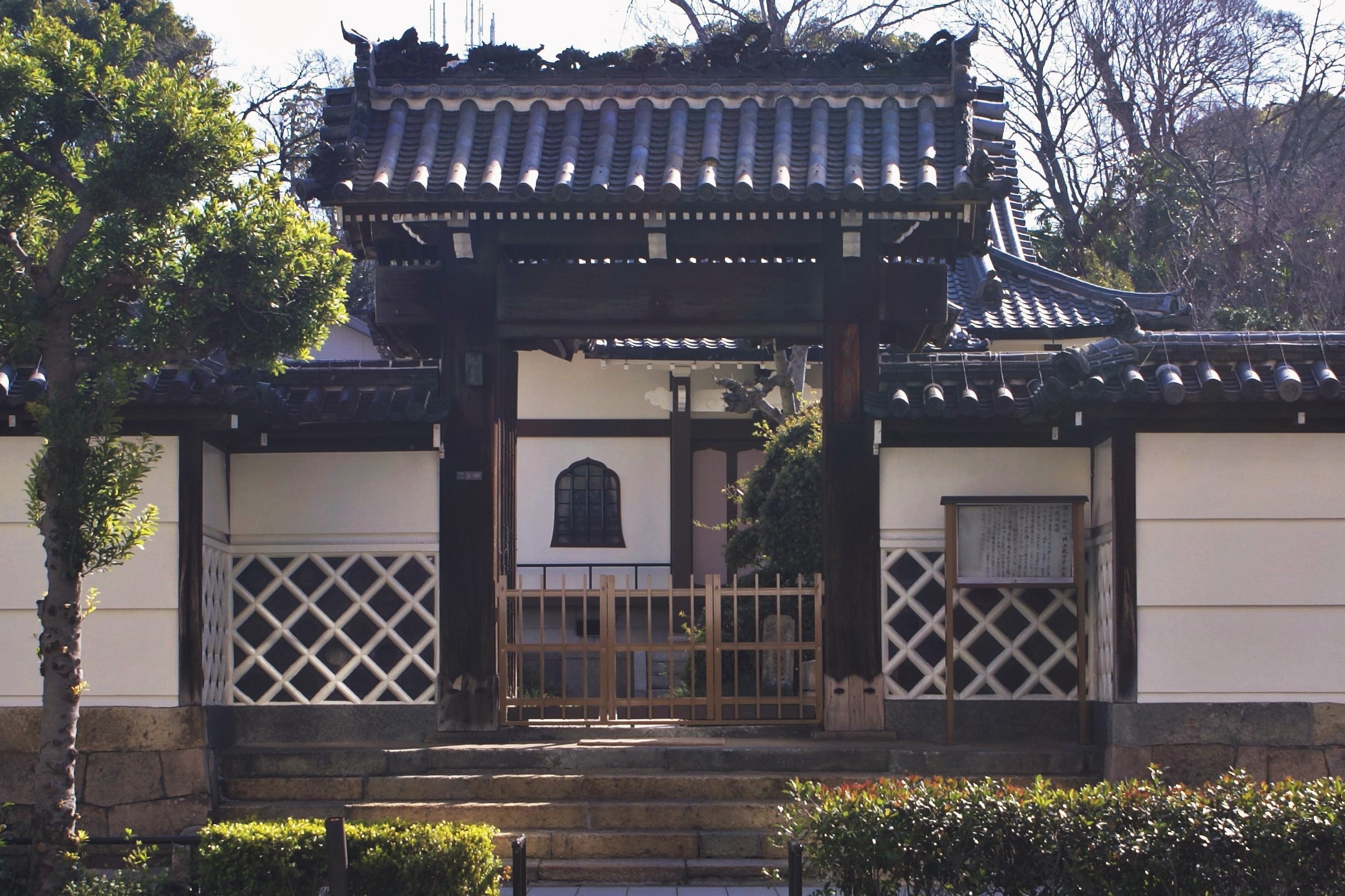
Shomyoji SanmŌĆ”
Shomyoji temple was constructed in 1624 (Kanei 1). All of the structŌĆ”
-
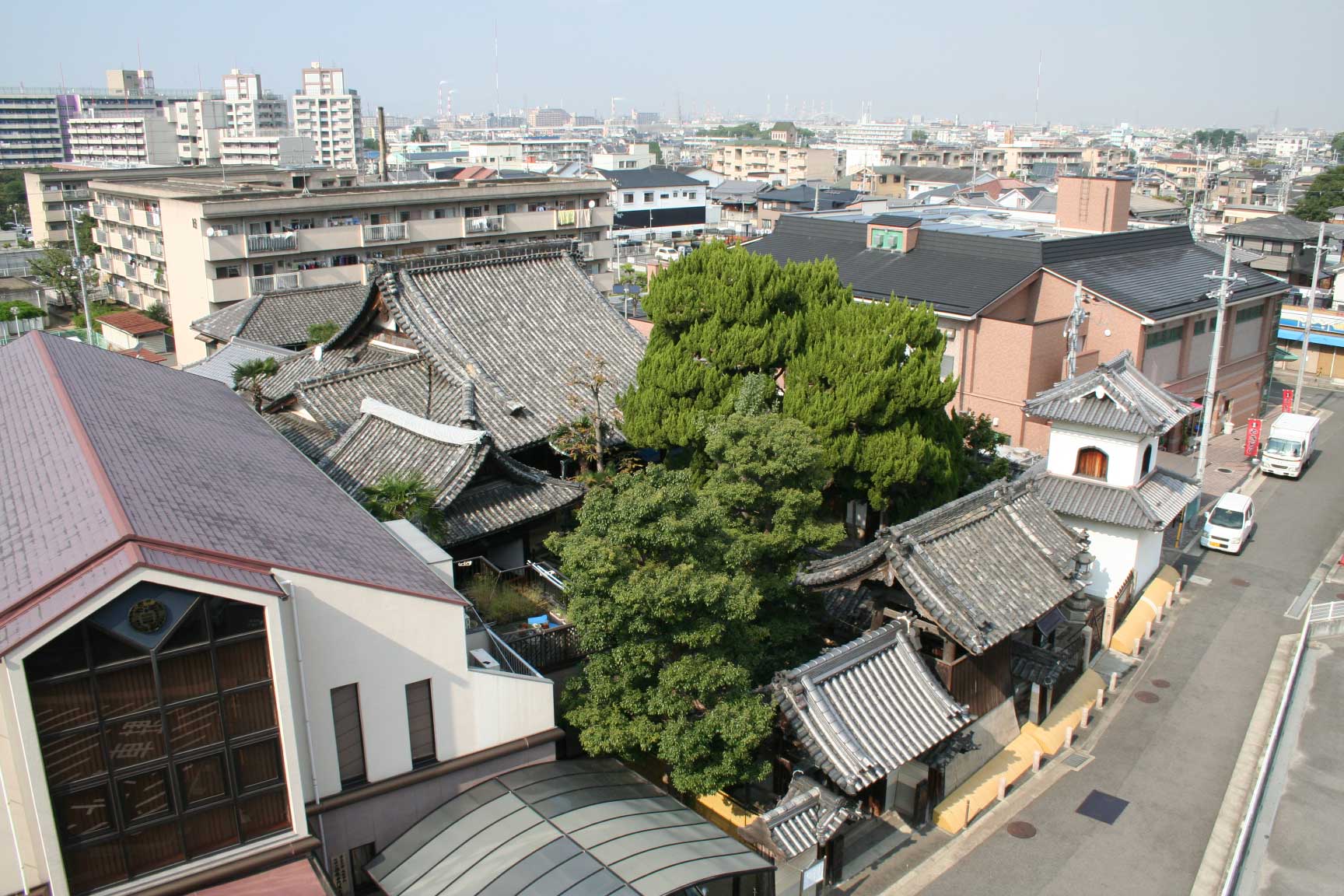
Saikyouji TemŌĆ”
Saikyouji Temple was moved to present location with the residents ofŌĆ”
more’╝×

